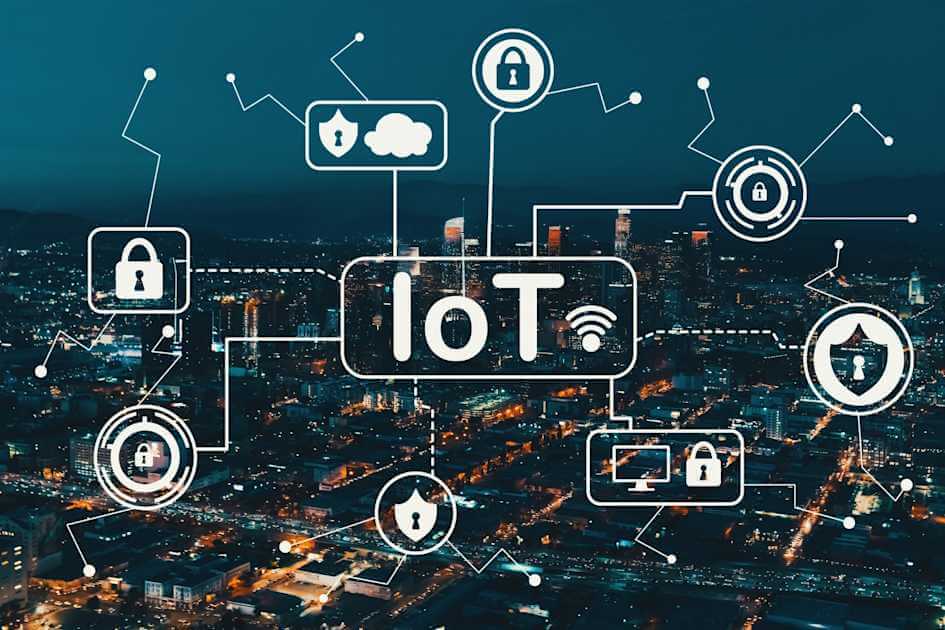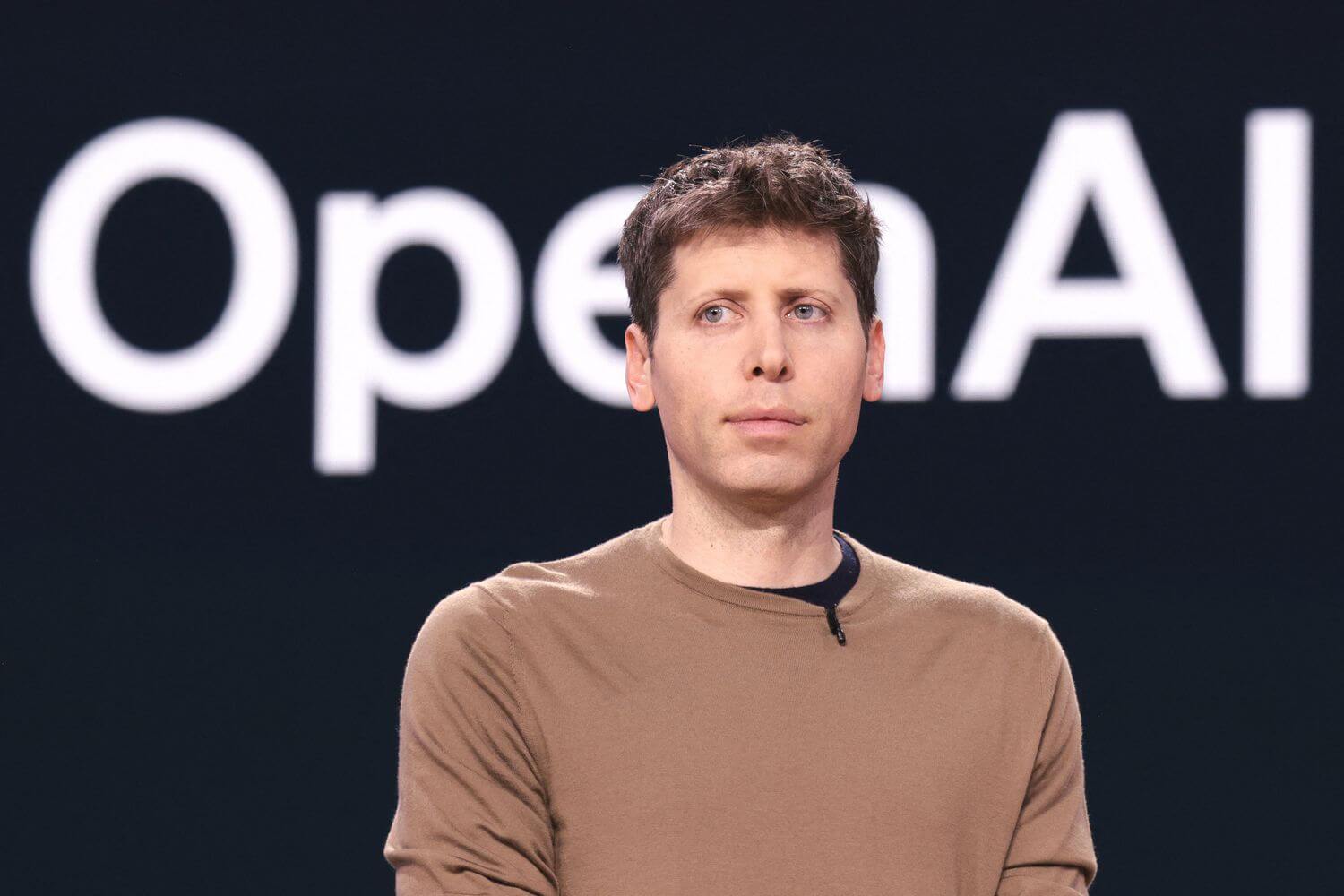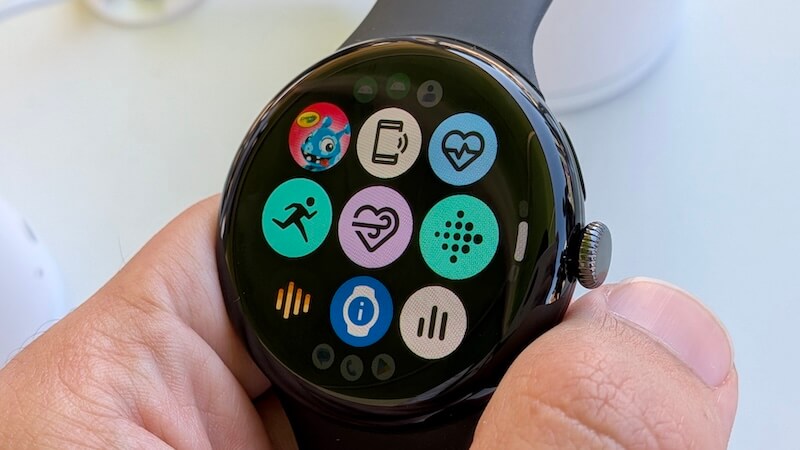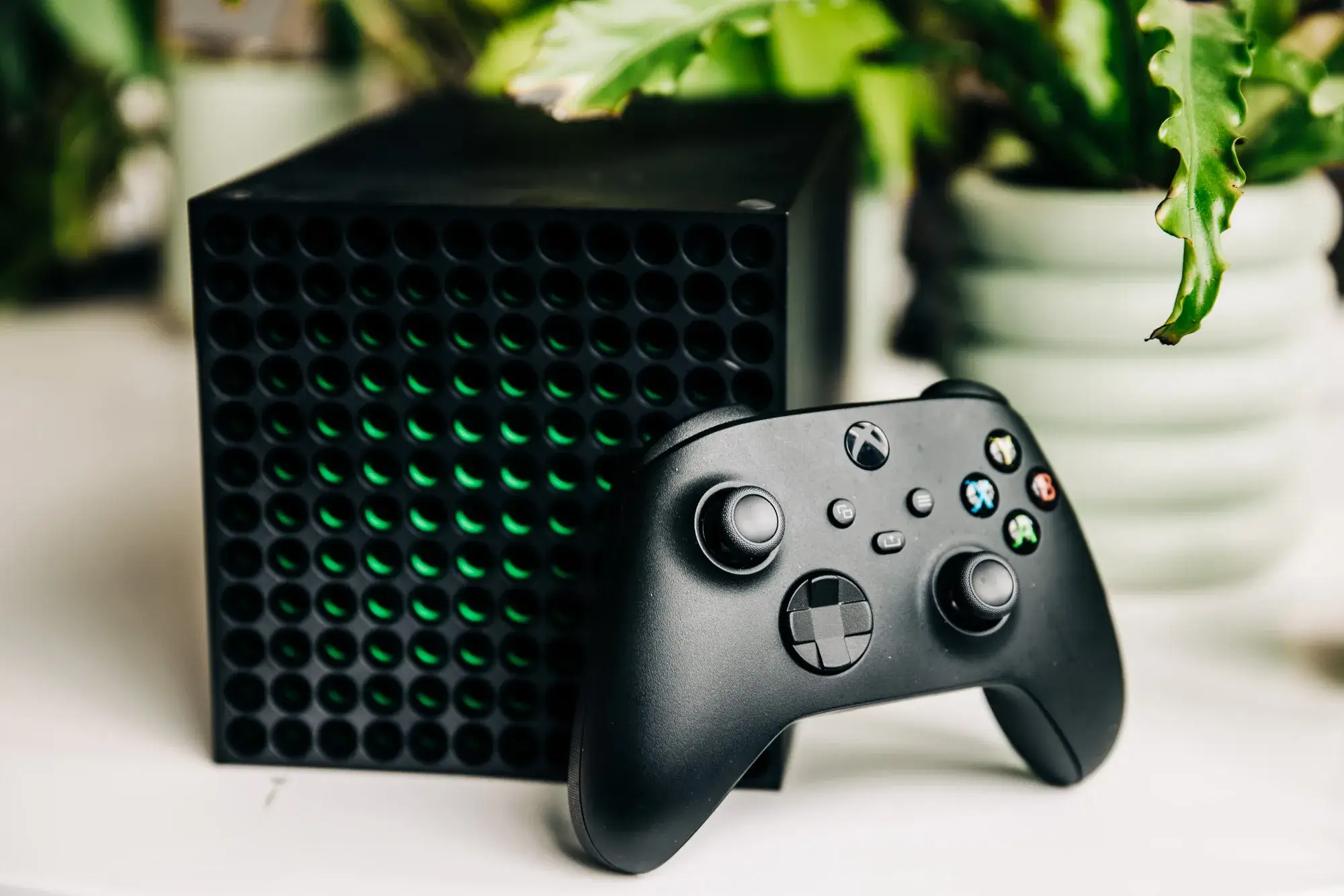The Internet of Things (IoT) is rapidly transforming both the business world and public services, driven by the increasing integration of enterprise and public sector applications. This surge in adoption is not merely a technological trend; it represents a fundamental shift in how organizations operate, deliver services, and interact with their stakeholders.
Enterprise Integration: Efficiency and Innovation
In the enterprise realm, IoT is enabling unprecedented levels of efficiency and innovation. Businesses across various industries are leveraging connected devices and sensors to optimize their operations, improve decision-making, and create new revenue streams. Supply chain management is one area experiencing significant transformation. IoT-enabled tracking systems provide real-time visibility into inventory levels, location, and condition, reducing waste, minimizing delays, and improving overall supply chain efficiency. In manufacturing, IoT sensors monitor equipment performance, predict maintenance needs, and optimize production processes, leading to reduced downtime and increased output.
Furthermore, IoT is fostering innovation in product development and service delivery. Companies are using data collected from connected devices to understand customer behavior, personalize offerings, and develop new products and services that meet evolving needs. The ability to gather and analyze real-time data is also enabling businesses to respond more quickly to changing market conditions and gain a competitive edge.
Public Sector Transformation: Enhanced Services and Citizen Engagement
The public sector is also undergoing a significant transformation driven by IoT adoption. Governments and public service organizations are using connected devices to improve service delivery, enhance citizen engagement, and create smarter, more sustainable communities. Smart city initiatives are at the forefront of this transformation, with IoT playing a central role in areas such as traffic management, waste disposal, and energy conservation. For example, smart traffic management systems use sensors to monitor traffic flow, optimize traffic signals, and reduce congestion, improving transportation efficiency and reducing emissions. Smart waste disposal systems use sensors to monitor fill levels in bins, optimize collection routes, and reduce waste management costs.
In healthcare, IoT is enabling remote patient monitoring, improving access to care, and reducing healthcare costs. Wearable devices and connected sensors allow healthcare providers to track patients' vital signs, monitor medication adherence, and provide personalized interventions, improving patient outcomes and reducing the burden on healthcare systems. Public safety is another area where IoT is making a significant impact. Smart surveillance systems equipped with IoT-enabled cameras and sensors allow for real-time data collection and analysis, strengthening crime prevention, disaster management, and emergency response efforts.
Growing Integration: A Synergistic Relationship
The integration of enterprise and public sector IoT applications is creating a synergistic relationship with benefits for both sectors. For example, data collected from enterprise IoT deployments can be used to inform public policy decisions, while public sector IoT initiatives can create new opportunities for businesses. Furthermore, collaboration between enterprises and public sector organizations can drive innovation and accelerate the adoption of IoT technologies.
Challenges and Considerations
Despite the numerous benefits, the widespread adoption of IoT also presents challenges. Data security and privacy are major concerns, as the increasing number of connected devices creates more opportunities for cyberattacks and data breaches. Interoperability is another challenge, as different devices and platforms may not be compatible with each other, hindering data sharing and integration. Addressing these challenges requires a collaborative effort from governments, businesses, and technology providers to develop standards, regulations, and best practices that promote security, privacy, and interoperability.
Looking Ahead
The surge in IoT adoption is expected to continue in the coming years, driven by technological advancements, decreasing costs, and increasing awareness of the benefits. As more devices become connected and more data becomes available, the potential for innovation and transformation will only grow. By addressing the challenges and embracing the opportunities, businesses and public sector organizations can leverage IoT to create a smarter, more efficient, and more sustainable future.















